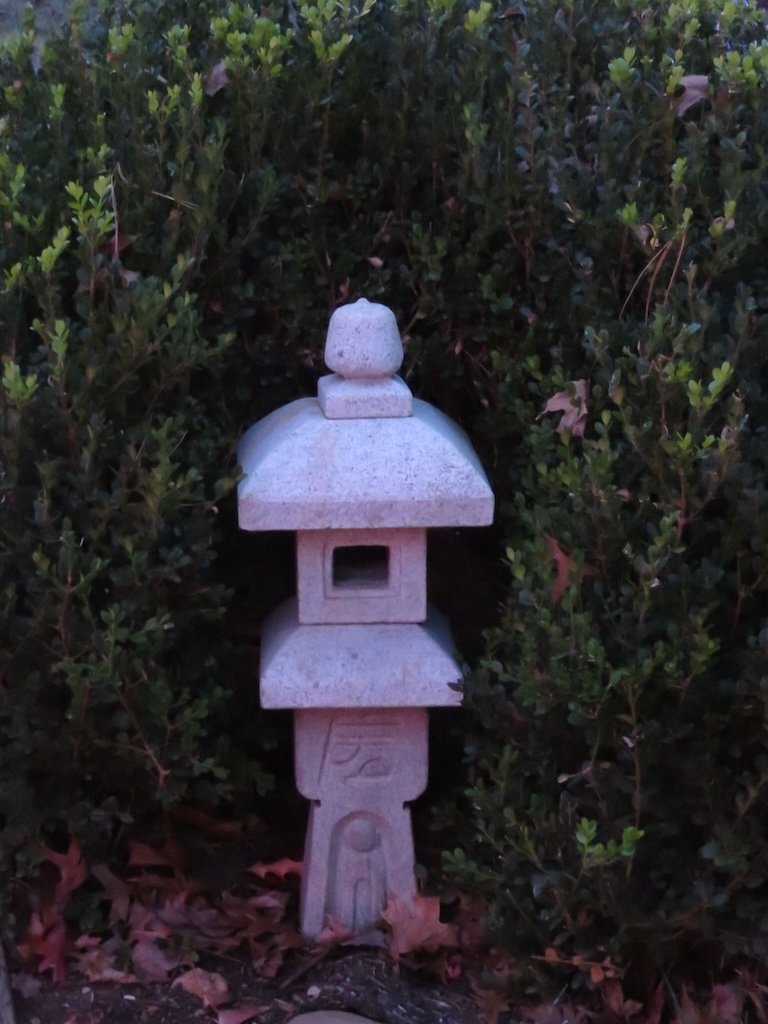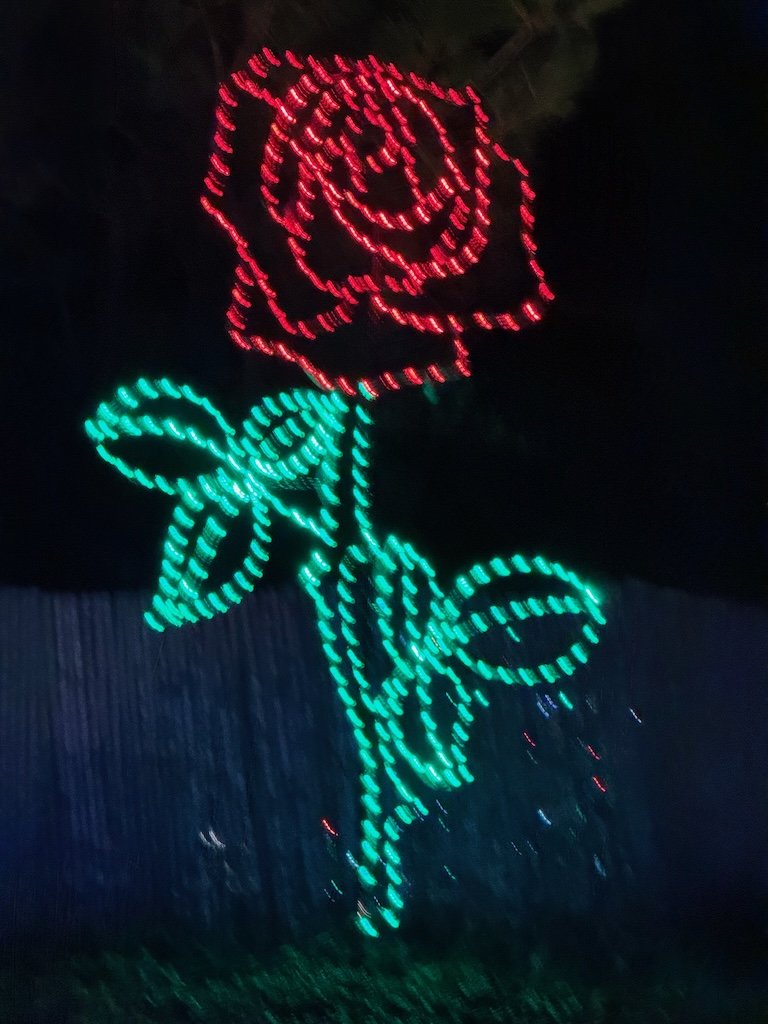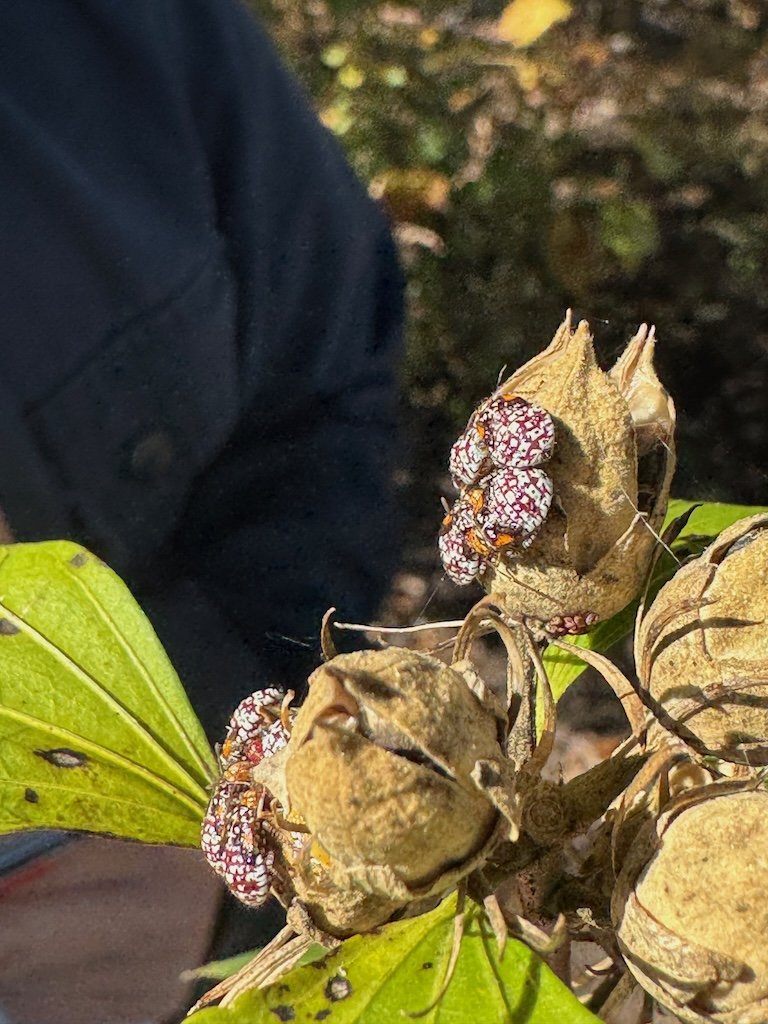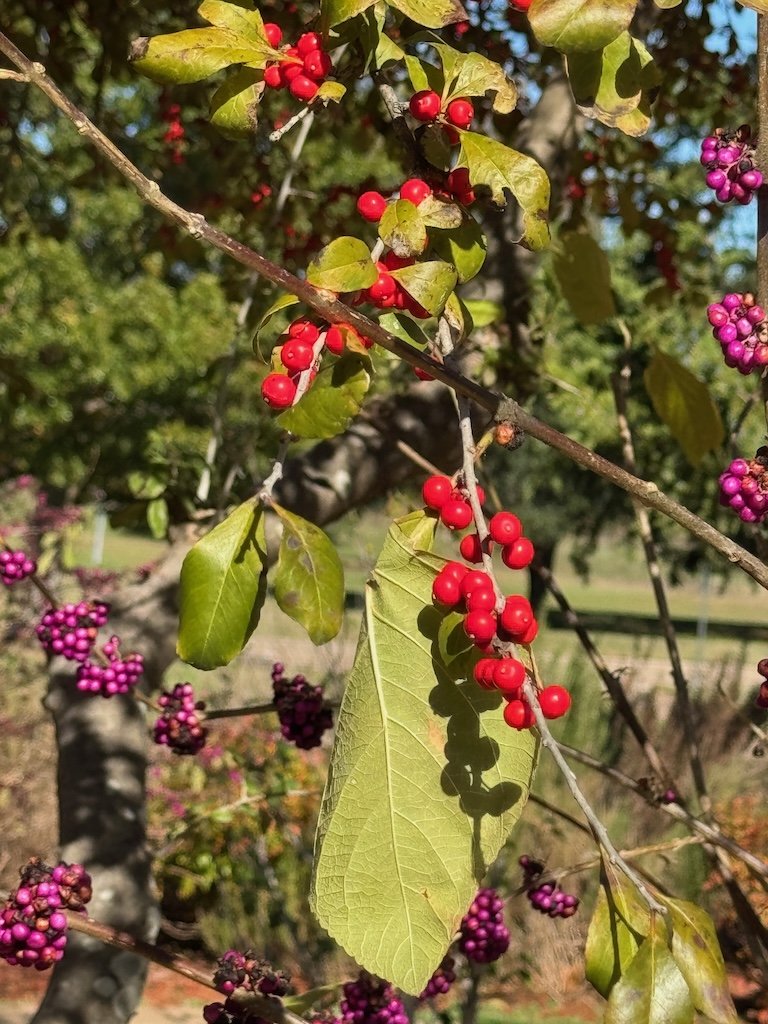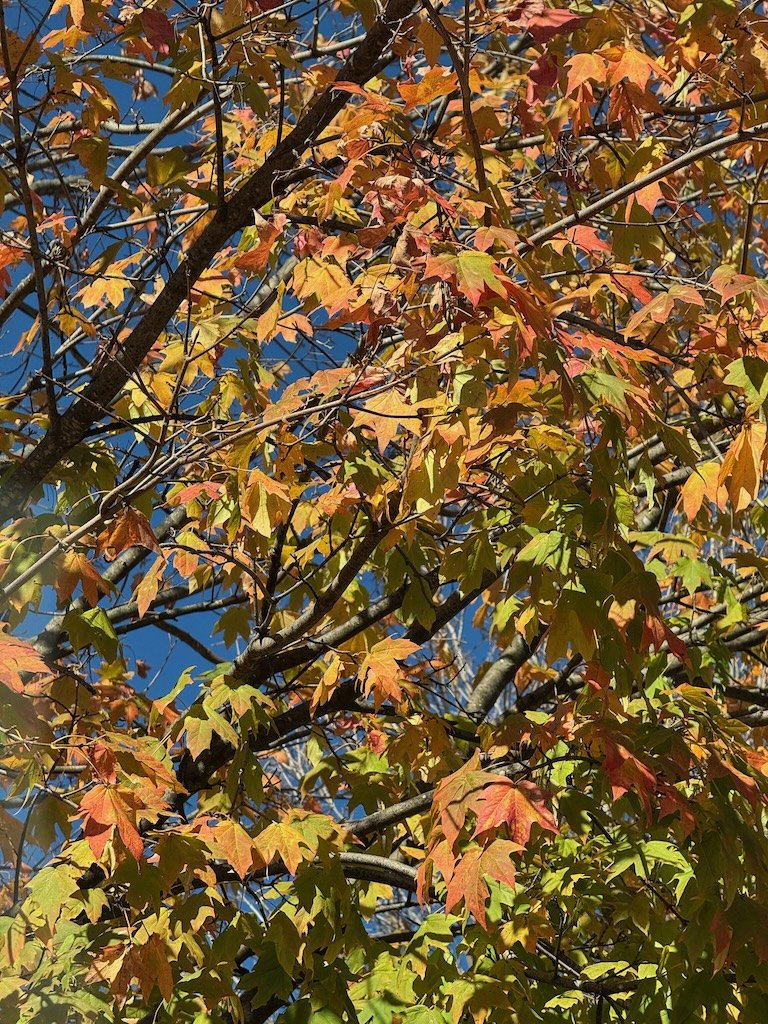The items below were ‘the cream’ of the articles and websites I found this past week. Click on the light green text to look at the article.
How the Groundbreaking Suez Canal Forever Transformed the World’s Shipping Routes – The official opening ceremony was on November 17, 1869. It had taken 10 years to build on the path of an ancient canal and was called “the greatest service to the commerce of the world since the discovery of America.” The project was funded mostly by Western Europe.
'Jekyll and Hyde' leaders do lasting damage - When supervisors swing between good and bad behavior, they do even more damage to their employees than ones that are abusive all the time. And there are some indications that this kind of leadership could be contagious, with a leader's volatility fostering volatility in others
Scientists find a 35,000-year-old saber-toothed kitten in the Siberian permafrost - The cat was just three weeks old when it died, but its cause of death is unknown. The kitten still had its whiskers and claws attached when it was pulled out of the permafrost, and was covered in a coat of short, thick, soft, dark brown fur. Its hair was about 20 to 30 millimeters long. When looking at the mummified cub, scientists found some interesting differences between the kitten and a modern lion cub, particularly, in their paws: the saber-toothed kitten had wider paws, but no carpal pads — that's the wrist joint that's help modern day felines absorb shock.
Hatchling Alligators at the Fort Worth Nature Center – The Dallas/Fort Worth area is at the edge of American Alligator range…but the Nature Center has confirmed that it has a breeding population there. The Fort Worth Nature Center is 3,650 acres of mixed habitat, owned and operated by the City of Forth Worth; it is one of the largest city-owned nature centers in the US. There is an alligator research project ongoing there now that the breeding population has been discovered.
Sitting too long can harm heart health, even for active people - 10 hours or more of sedentary behavior per day is associated with heightened risk of heart failure and cardiovascular death. I am so glad that I decided years ago to use a Swopper chair (without a back…bouncing) at my computer desk….so I am moving most of the time that I am there!
Bone marrow in the skull plays a surprisingly important role in ageing - Studies in mice and humans showed that ageing results in skull bone-marrow expanding, and in mice this marrow was more resistant to inflammation and other hallmarks of ageing.
Glaciers Reveal When Volcanoes Are on Brink of Eruption - New research shows that glaciers near active volcanoes flow faster than other glaciers. The findings suggest it would be possible to predict volcanic eruptions by tracking the speed of glaciers.
Can we live on our planet without destroying it? - With eight billion people, we currently use a lot of the Earth's resources in ways that are likely unsustainable. Research shows that humanity can stay within the planetary boundaries. But it seems that there is little political will to do so. A depressing commentary on humanity.
Memories are not only in the brain - In the future, we will need to treat our body more like the brain -- for example, consider what our pancreas remembers about the pattern of our past meals to maintain healthy levels of blood glucose or consider what a cancer cell remembers about the pattern of chemotherapy.
Astronauts of the underworld: The scientists venturing into the deep, dark Earth - Hundreds of cave entrances are known on Earth, the Moon, even Mars. Many have never been explored.

































































